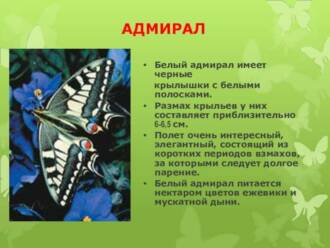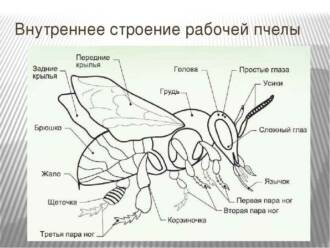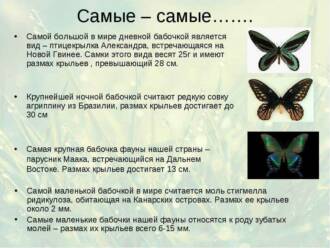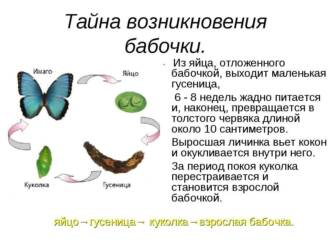
Butterflies are one of the most amazing creatures of nature. They attract attention with their beauty and variety of shapes and colors. Many of us know about the existence of butterflies, but not everyone knows how amazing their abilities and features are these insects.
Butterflies are one of the most beautiful and diverse representatives of the insect world. They have a variety of colors and patterns on their wings, which makes them truly unique. However, despite their beauty, butterflies are also interesting objects for scientists to study.
Biology 7th grade students can learn a lot of interesting things about butterflies. For example, they may learn that butterflies go through several stages of their development, starting with eggs, then larvae, pupa, and finally becoming adults. They can also learn that butterflies feed on the nectar of flowers and play an important role in plant pollination.
Interesting facts about butterflies
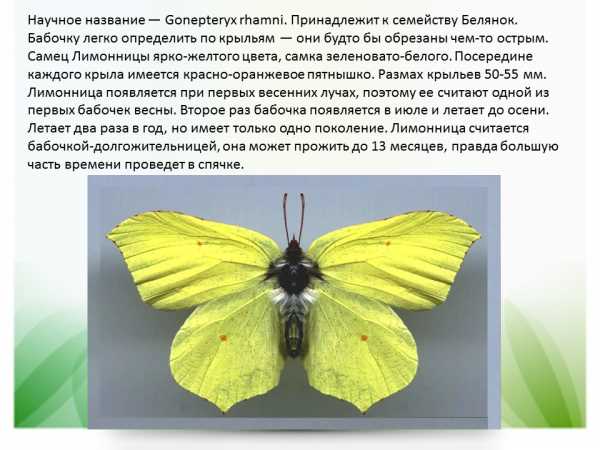
1. Variety of species
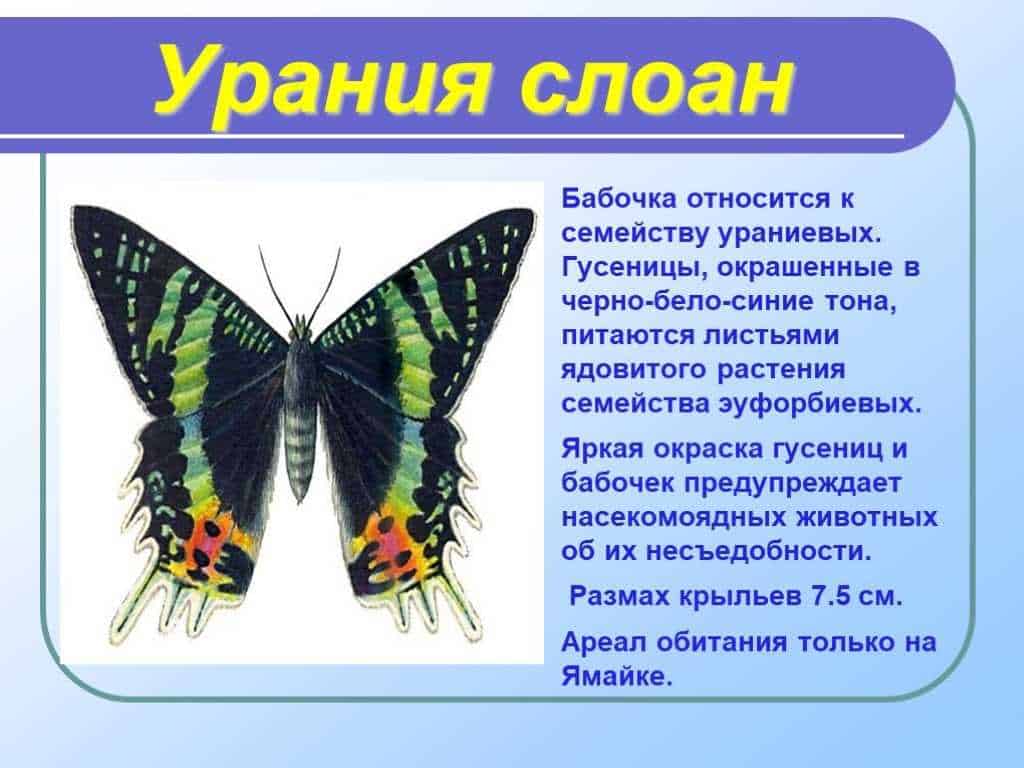
Butterflies are one of the most numerous groups of insects. There are more than 180,000 known species of butterflies in the world. They are found in almost every corner of the planet except Antarctica.
2. Features of the wings
Butterfly wings are a very amazing organ. They are covered with tiny powdery pollen called scales. The scales give the wings bright and varied colors and also protect them from wind and rain.
3. Metamorphoses
Butterflies go through an amazing transformation process called metamorphosis. They begin their life as a caterpillar, which gradually turns into a chrysalis. The pupa hatches into an adult butterfly with fully developed wings.
4. Nutrition
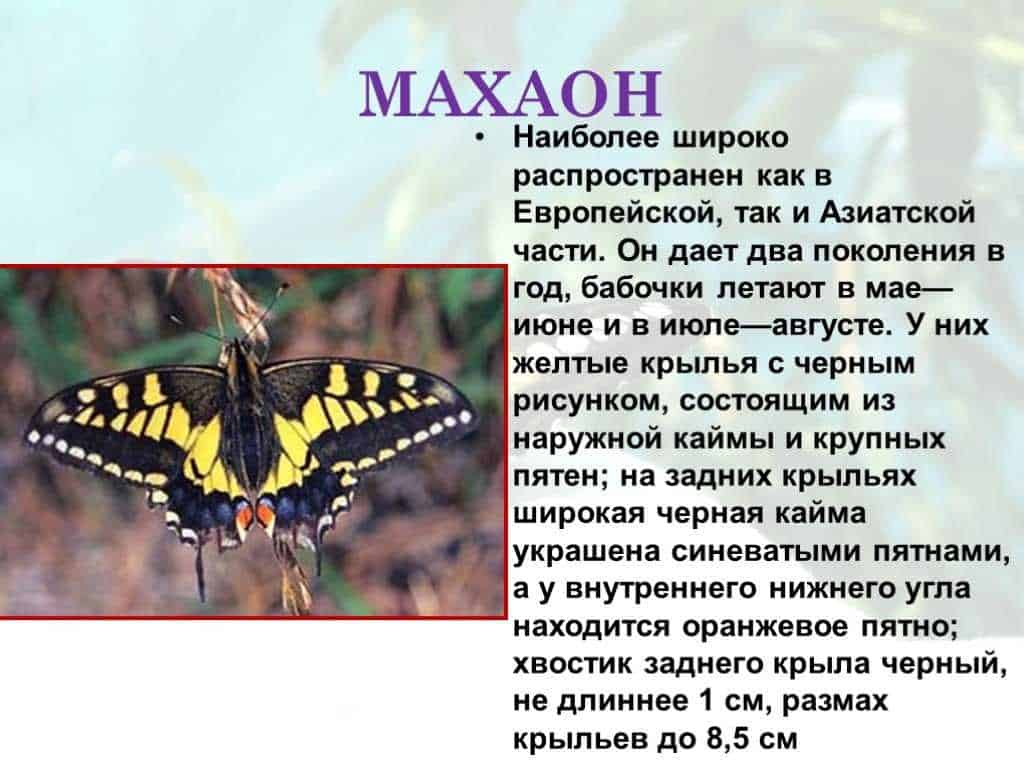
Butterflies get their food mainly from the nectar of flowers. Their long mouth, called a proboscis, allows them to reach the nectar that is inside the flower. Some species of butterflies also feed on fruit juices and plant juices.
5. Defense mechanisms
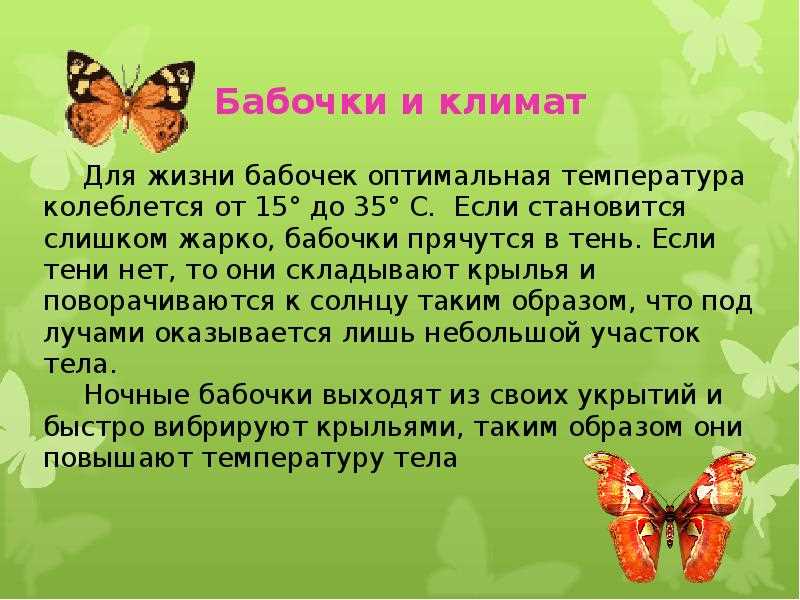
Butterflies have various defense mechanisms to help them survive in nature. Some species of butterflies have bright and colorful wings that serve as a warning to predators of their poisonousness or unpleasant taste. Other species of butterflies have the ability to mimic the appearance of other insects or objects in order to escape predators.
Butterfly life cycle

Butterflies are amazing insects that go through several stages in their life cycle. In 7th grade biology, students study this interesting process.
The life cycle of a butterfly begins with an egg. The butterfly lays eggs on plants that will serve as food for future caterpillars. Eggs can be of different shapes and colors, depending on the type of butterfly.
A caterpillar hatches from an egg. The caterpillar actively feeds on the leaves of plants in order to gain strength before the next stage. She is constantly growing and shedding to renew her skin.
After several molts, the caterpillar turns into a chrysalis. The chrysalis is the dormant stage of the butterfly's life cycle. Inside the chrysalis, incredible transformations occur, and after a while, an adult butterfly hatches from it.
An adult butterfly flies out of the chrysalis, unfolds its wings and begins to search for food. Butterflies can feed on the nectar of flowers or the juice of fruits. They also play a very important role in plant pollination.
This is how the life cycle of a butterfly goes. It is one of the amazing and unique processes in the natural world that deserves the attention of 7th grade students in biology.
Variety of butterfly species
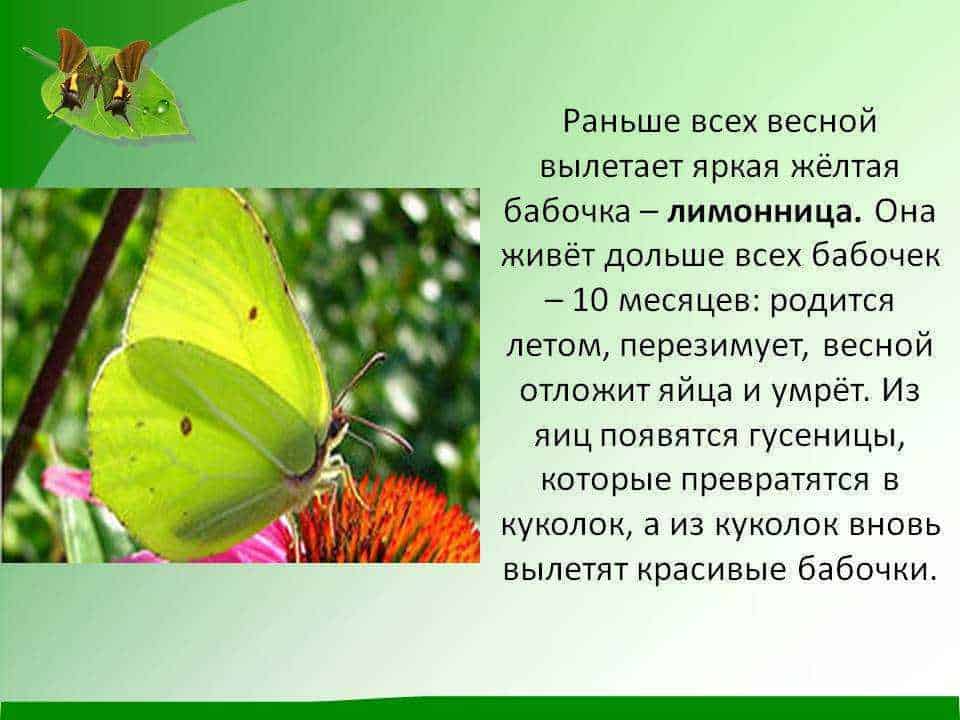
Butterflies are amazing creatures that amaze with their variety of species and forms. There are about 180,000 species of butterflies in the world, and each of them is unique and amazing in its own way.
Butterflies differ not only in color and size, but also in the shape of their wings. Some species have wide wings, others are narrow and sharp. There are butterflies with transparent wings that give them incredible beauty and lightness.
Interestingly, butterflies can have different patterns on their wings. Some types have bright and contrasting patterns, others are solid and monophonic. Thanks to this, they can hide against the background of the environment or, conversely, draw attention to themselves.
In addition, butterflies can have different body shapes and sizes. Some species have a thin and graceful body, while others are massive and covered with hairs. This diversity allows them to adapt to different environmental conditions.
All these features make butterflies unique and interesting objects of study for 7th grade students in biology. By studying the diversity of butterfly species, they can experience the natural world and learn how different species adapt to their environment.
Butterfly body structure
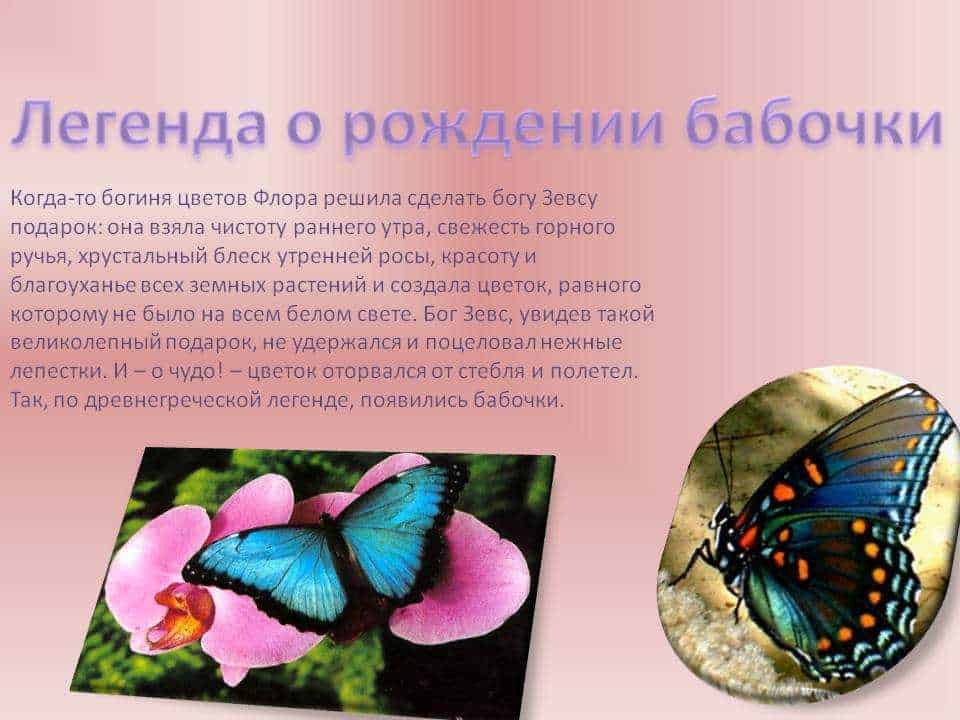
Butterflies are insects that belong to the class of insects and are the subject of study in biology for students of the 7th grade. The body of a butterfly consists of several parts, each of which performs certain functions.
The head of a butterfly has a complex structure and contains various sensory organs. On the head are eyes, consisting of many small lenses that allow the butterfly to see around it. Also on the head are antennae that help the butterfly navigate in space and find food.
The torso of a butterfly consists of thirty-three segments combined into one solid structure. On each segment are butterfly legs, which are used for locomotion. Also on the torso of the butterfly are wings, which are the main distinguishing feature of these insects.
The abdomen of a butterfly consists of several segments and contains the organs of digestion, respiration and reproduction. The abdomen contains the stomach, intestines, heart and reproductive organs. In addition, there are breathing holes in the abdomen through which the butterfly receives oxygen.
Butterfly food and digestion
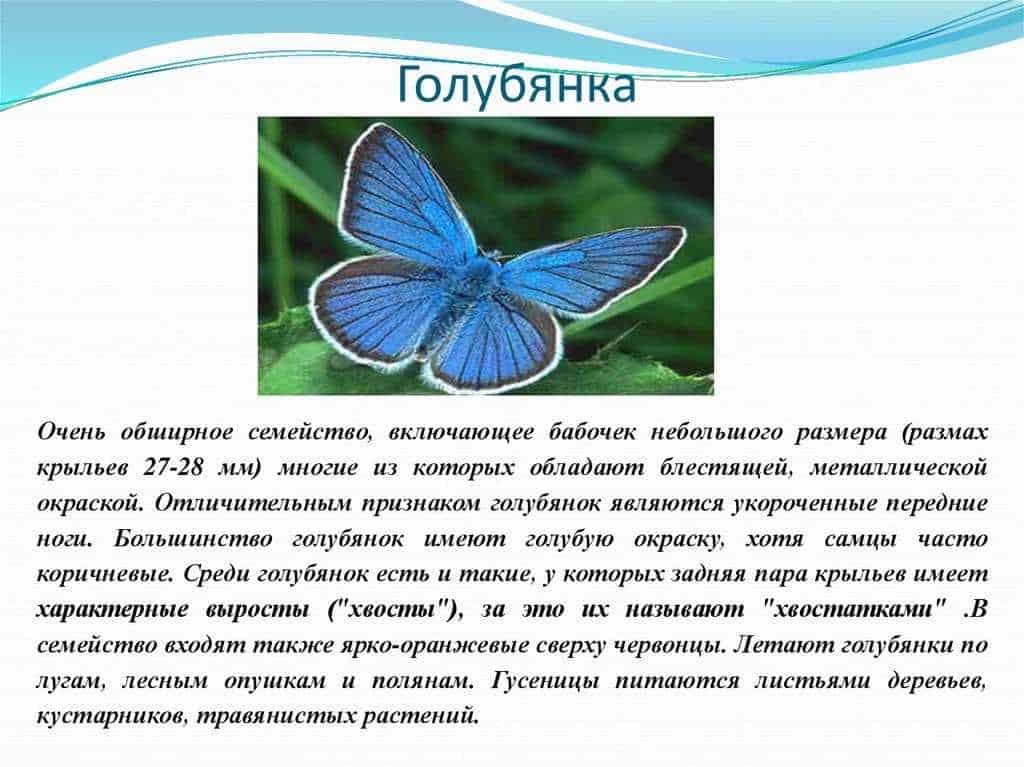
One of the characteristics of butterflies is their specialization in a certain type of food. Each species of butterfly has its own preferences regarding the plants that it uses as food. Some butterflies feed on flower nectar, others on fruit juices, and some on the leaves of certain plants.
However, in order to obtain nutrients from food, butterflies need to go through a process of digestion. Their digestive system consists of several organs, including the mouth, esophagus, stomach, and intestines. Food enters the mouth, where it mixes with saliva and turns into a food bolus.
Next, the food bolus passes through the esophagus to the stomach, where it undergoes further processing. In the stomach, food is broken down with the help of enzymes that are secreted by the glands. Then, the food moves to the intestines, where the absorption of nutrients into the blood takes place.
Interestingly, butterflies do not have an anus, so they cannot excrete waste through their intestines. Instead, butterflies excrete waste through an opening called the “anal siphon,” which is located at the rear end of their bodies.
Features of the flight of butterflies

The flight of butterflies is one of the most amazing and beautiful natural phenomena. Studying the characteristics of butterfly flight is an important topic in the biology course for 7th grade students.
Butterflies have special anatomical structures that allow them to fly. They have a pair of wings that are firmly connected to the body with small muscles. The wings are covered with fine scales that give them a colorful and unique look. In addition, butterflies have long legs that allow them to land on flowers and other surfaces.
One of the features of butterfly flight is their ability to fly backwards. Due to the flexibility and lightness of their wings, butterflies can change the direction of flight and even stop in the air. They can maneuver between obstacles and fly at various altitudes.
Butterflies can also fly long distances. Some species of butterflies migrate thousands of miles across oceans and mountain ranges. This amazing phenomenon is observed, for example, in monarch butterflies.
Studying the features of the flight of butterflies allows students in grade 7 to better understand the nature and diversity of living organisms. It also opens up opportunities for them to further research and in-depth study of this interesting topic.
The important role of butterflies in nature
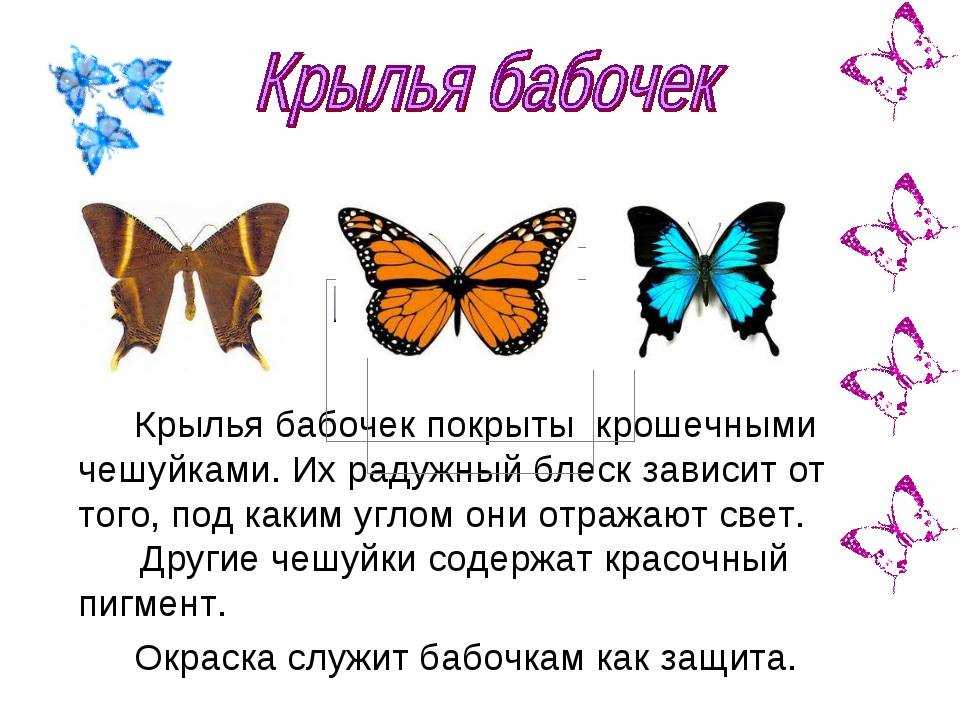
Butterflies are amazing creatures that play an important role in nature. They are one of the main pollinators of plants, helping them to reproduce and maintain biodiversity. Thanks to butterflies, pollen is transferred from the stamen of a flower to the pistil, which is an integral process in the pollination process.
Butterflies also serve as food for many animals such as birds, lizards and bats. They are an important link in the food chain, providing energy and nutrients to other species. Without butterflies, there will be problems in the food chain and biodiversity in nature will decrease.
Butterflies also play an important ecological role by helping to control plant pests. Some species of butterflies feed on harmful insects such as caterpillars, which can cause significant damage to agriculture and wildlife. In this way, butterflies help control pest populations and keep the ecosystem in balance.

